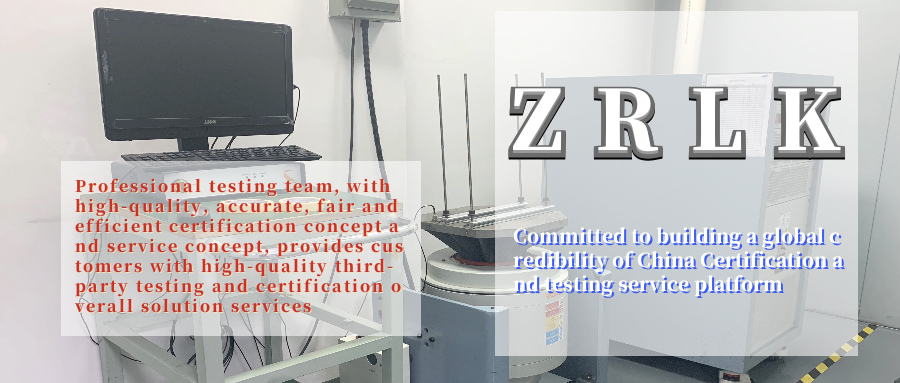<small id="wg64m"></small> 
Project Introduction
The rapid temperature change test is used to determine the product's adaptability to storage, transportation, and use in a rapidly changing climate with high and low temperatures. The test process generally takes normal temperature→low temperature→low temperature stay→high temperature→high temperature stay→normal temperature as a test cycle. Verify the functional characteristics of the sample after the temperature change or continuous temperature change environment, or the operation functionality in this environment.
The rapid temperature change test is usually defined as a temperature change rate of ≥3°C/min, which changes between a certain high temperature and low temperature. The faster the temperature change rate, the larger the high/low temperature range, the longer the time, the stricter the test. The temperature shock usually affects the part close to the outer surface of the equipment more seriously. The farther away from the outer surface, the slower the temperature change and the less obvious the effect. Transport boxes and packaging will also reduce the impact of temperature shocks on enclosed equipment. Rapid temperature changes may temporarily or permanently affect the operation of the equipment.
Testing purposes
Evaluate the storage or workability of products under temperature changes. The purpose of the qualification test is to check whether the product meets the requirements of the relevant standards; the improvement test is mainly used to assess the durability and reliability adaptability of the product under temperature change conditions.
Application range
The rapid temperature change test is widely used in electronic and electrical, vehicles, medical, instrumentation, petrochemical and other fields, complete machines, components, packaging, materials, etc.
Method Standard
Test standard reference: GB/T 2423.22, IEC 60068-2-14, EN 60068-2-14.


KC certification is a mandatory certification system implemented in South Korea for electronic and electrical products, aimed at ensuring that products comply with South Korea\'s safety and electromagnetic compatibility standards. The Korean market has strict quality control over imported goods, and smart rings, as electronic products, must pass KC certification in order to be legally sold in the Korean market.
CE-RED certification is a mandatory compliance requirement of the European Union for wireless devices. For smartwatches with wireless functions such as Bluetooth and Wi Fi, its importance is mainly reflected in the following three aspects.

The Brazilian market has enormous potential, but in order to successfully enter, ANATEL certification is an essential first step. As an authoritative standard certified by the Brazilian Communications Authority, ANATEL certification is not only a guarantee of product quality, but also a legal entry threshold into the Brazilian market.
The rapid temperature change test is used to determine the product\'s adaptability to storage, transportation, and use in a rapidly changing climate with high and low temperatures.
Get a quote